A Guide on Common Landscaping Materials
With all the various rocks at a landscape gravel yard, it can be very confusing for the average homeowner to differentiate between them. Below is a short guide on the most common landscape materials found around Victoria.
Clear Crush
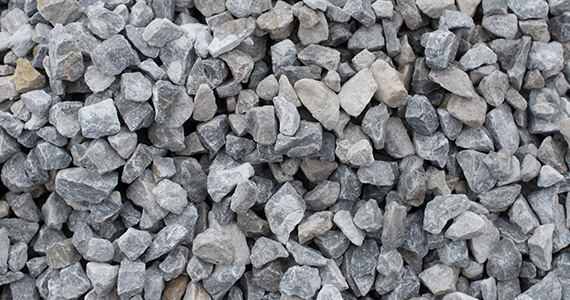
Clear Crush gravel is most commonly seen in ¾” and ½” sizes here in Victoria. The size refers to the average general size of the rocks. The clear refers to the absence of smaller particulates also sometimes referred to as fines. This is most clearly contrasted to road base which essentially the same rocks but mixed with smaller particulates. The rocks themselves are angular, that is they have straight sharp edges rather than a round surface. As a result they lock in and provide a more stable surface when compacted. A typical use in a residential landscape setting for clear crush is behind retaining walls. Due to the nature of the material, it is somewhat difficult to work with in terms of leveling and grading as it cannot be easily raked and smoothed out.
Road Base
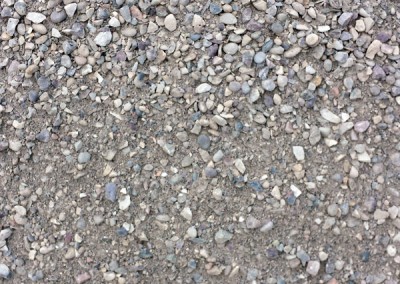
Road base is one of the most often used landscape materials in residential and commercial projects. They are an excellent material from a structural perspective. Made from the same angular rocks as clear crush, most often in the ¾” size, they have not been “cleaned” and have therefore retained their fines. The fines combined with the angular rocks, form a very stable solid surface when compacted. Road base is most often used as a solid base for structures ranging from retaining walls to interlocking pavers. It is also a fairly easy material to work with into the desired smoothness and grade that is required for a foundation for many structures.
Stone Dust or Screenings
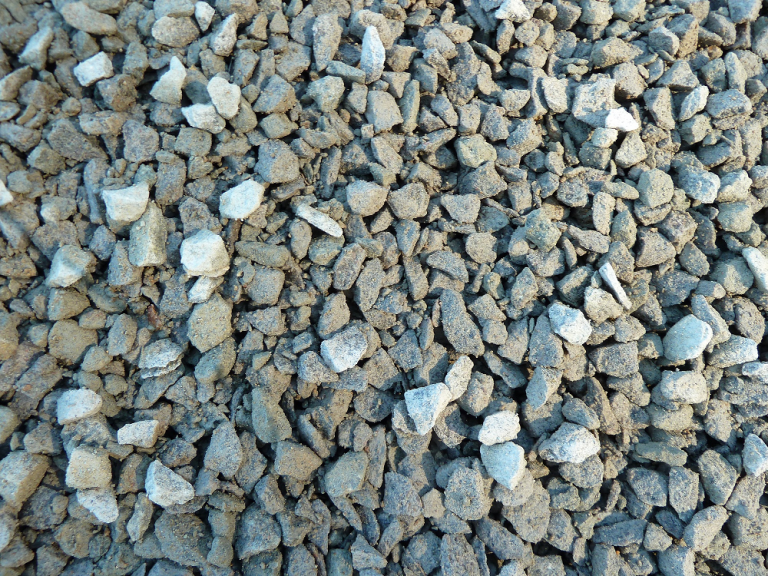
This material found in most landscape gravel yards around Victoria is like a miniature version of road base. It has similar structural properties to road base offering a very stable surface once compacted. It is very easy to work with using a hard rake to shape it into the grade and smoothness desired. Like road base, there is a lot of fines in the material. However, rather than having ¾” rocks mixed in the aggregate, the stones are much smaller. This material is most often used for gravel pathways as it offers a low cost, visually appealing, and structurally sound material but can also be used in lieu of sand for paver surfaces such as patios, walkways, and driveways. Also known as stone dust, screenings is the preferred base and filling material to use when building flagstone surfaces.
Concrete Sand
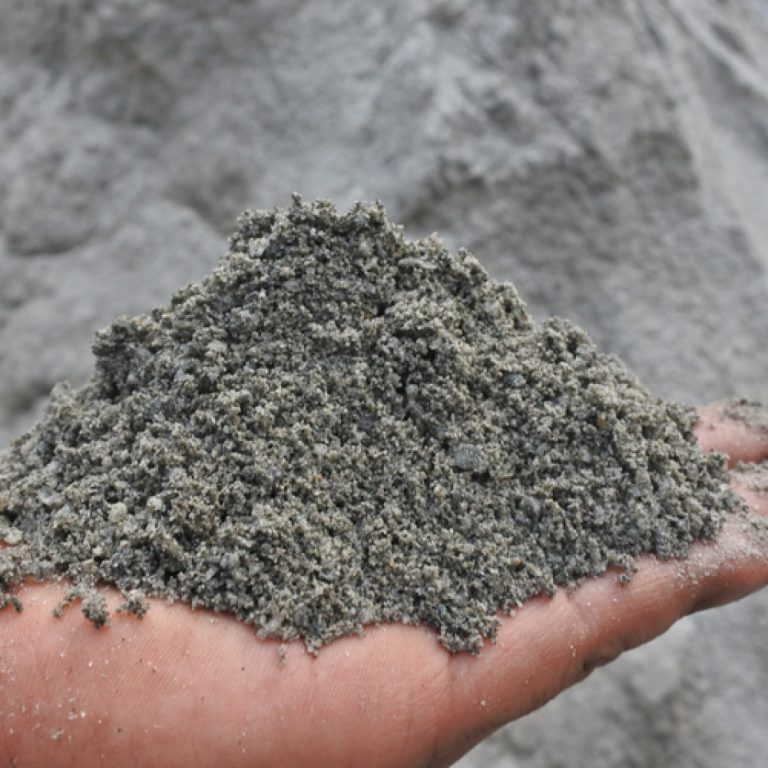
Concrete sand, unlike beach sand, have angular surfaces as it has not been eroded into round smooth surfaces through weathering. Despite its fluid like appearance, this sand has better stability and locking behaviors than that of beach sand. This material is often used as the last layer before paver stones are put on top as well as some retaining walls. The reason for this is that it is extremely easy to smooth out and work with in order to provide the perfect smooth surface to place your paver stones and retaining wall blocks on, smoothing out any minor imperfections that larger sized gravels would leave.
Drain Rock
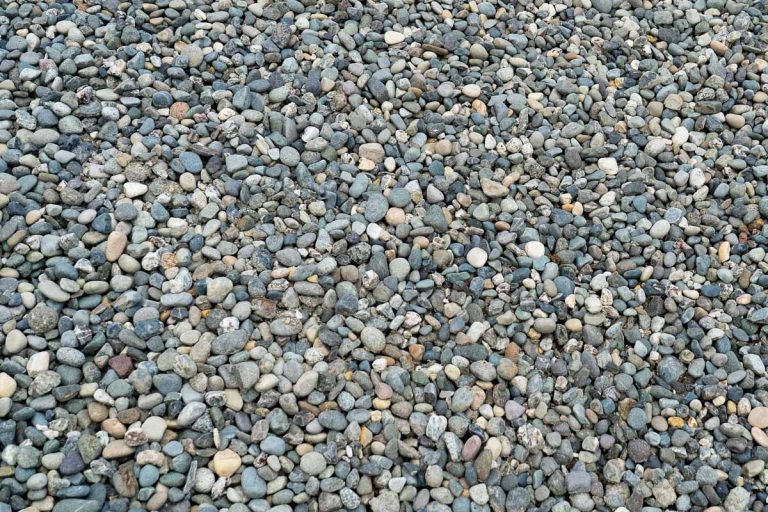
Typically under 1” in size, these are round rocks that have been weathered into a smooth surface. Found in most landscape yards, this material is best used to promote drainage while being visually appealing. This material is unsuitable as a structural material due to its inability to lock together and act as a single solid surface to build upon. Even with compaction, the material will continue to shift over time. When placed in a low traffic area, it is a good visually appealing alternative to grass or pea gravel. This material is often colorful and has a clean look due to its lack of fines.
River Rock
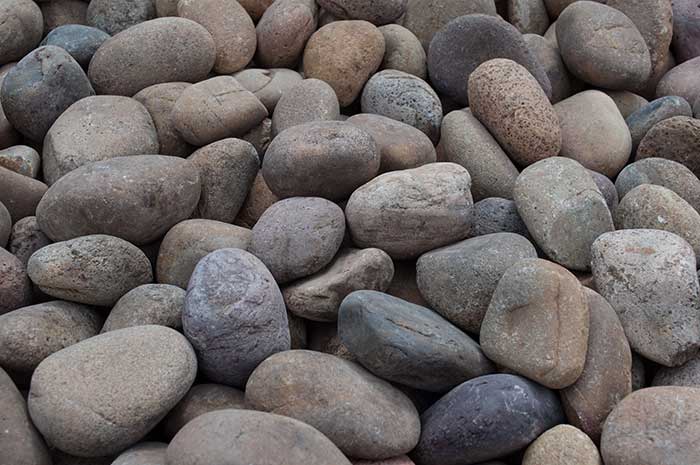
River rock are large 2”-6” sized rocks with round surfaces. These are mostly for decorative purposes while at the same time providing some drainage and soil retention capabilities. The round nature of the rocks makes it unsuitable for structural stability as the rocks will fail to lock into each other acting as individual units rather than a single solid structure.
Conclusion
The materials listed above can be found in most landscape gravel yards in Victoria at generally similar prices. As one can see they have various properties and purposes, which is important when considering any projects you have in mind. For a successful landscape project with structural stability, attractive look, and long term vitality, it will be important to be mindful of these things in any planning and subsequent construction.